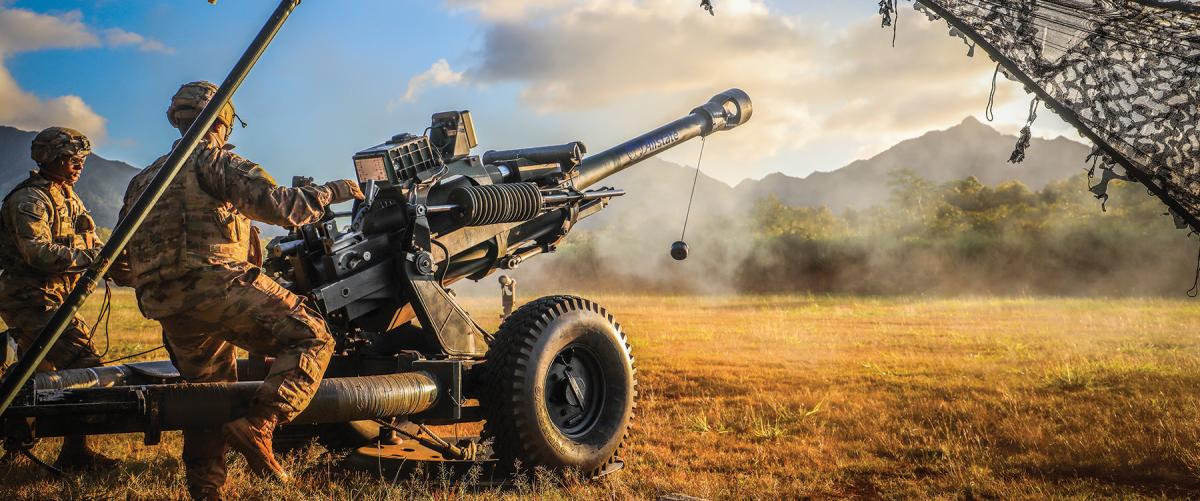Aaaargh - The Dundonald reforms of
1902-04. It's far more effective to be a smart ass when you get your typing right.

I somewhat agree. For units I think they should be for no other reason than you need the spare bodies (like ammo truck drivers who have limited use in peacetime) to fill in for all the DAG Red guys. You'll still always be backfilling for blank files and you better have a plan to rapidly fill those for VHR units (probably from other RegF units.
I disagree on schools. Schools always have fluctuating staff needs from month to month based on course loads no matter how well you program. I see a big difference between DP 1 and 2 NCM courses and DP 3 and 4 NCM and DP 1-4 Offr trg. I personally think DP 1 and 2 NCM should be done at battle schools and/or units (yes - units) There's a big difference between peace and war school course loads. Any war plan MUST have a preplanned system to decentralize training in order to surge it. Only the most technical/comprehensive courses should remain at schools. Lower level courses including DP 3 NCM and DP 1 officer should go to battle schools or specially designated OTUs.
Agreed
Agreed albeit I think that in place of a full-time Active Guard Reserve component we should plug in a robust RegF element in all ARes units and formations.
Yup.
It will, and, while one could reduce that once a well-enough trained Class B could take that on a la AGR, I think using RegF helps cross-pollinate the organization in both directions. Currently the establishment for a CBG HQ is 77 of which 12 are annotated RegF and 25 Class B(A); a unit HQ is established at 42 with 4 RegF and 5 Class B(A); and a subunit around 105 to 128 with a sole Class B(A) clerk. I think the bde HQ ratio is fine, but the RHQ and subunit full-time numbers need to come up. How those numbers come up depends very much on whether or not the unit is a hybrid one or how the "parading" regime operates. It's a delicate balance with having bored full-timers for much of the month or ones who can balance their "non parade days" with other responsibilities.
That's so glaringly obvious that it will probably be missed by the bean counting hand wringers
I don't know what it is but I just have little confidence in how well this works out. I think we're a bureaucratic sinkhole that overcomplicates everything to the point where it is near paralyzed. It has trouble producing any substantial defence outputs with the resources it currently has. I have troubles seeing that increasing in a manner commensurate with the new funding it gets.





